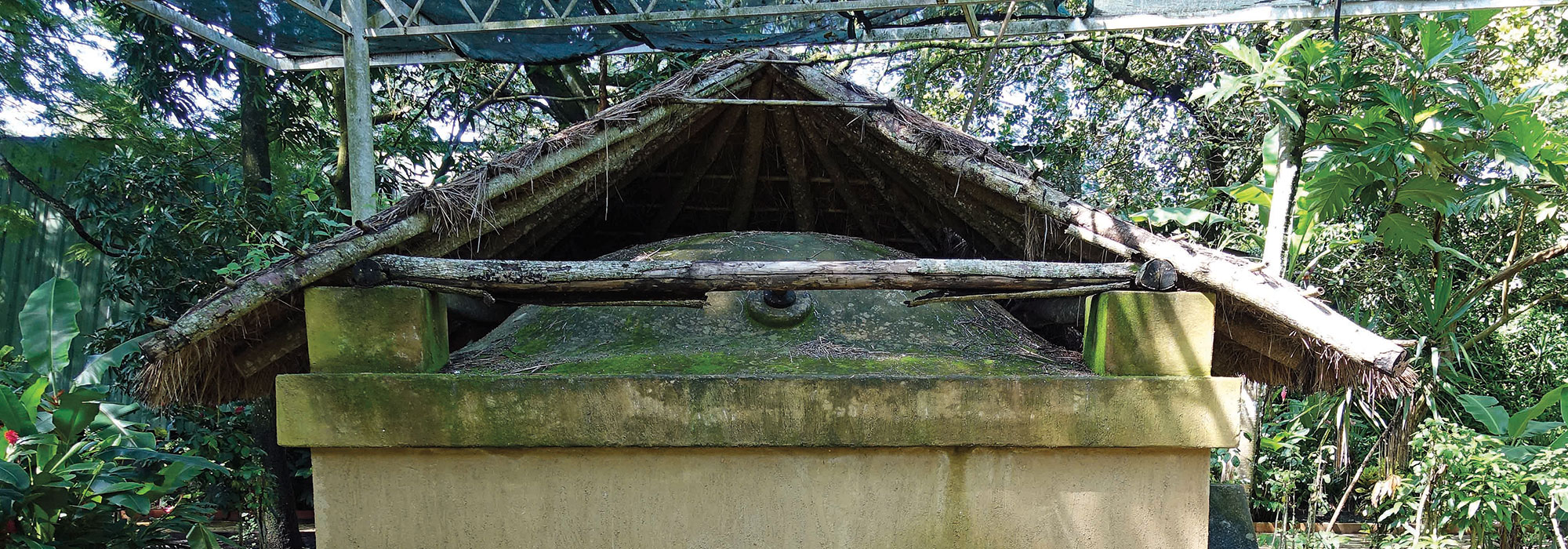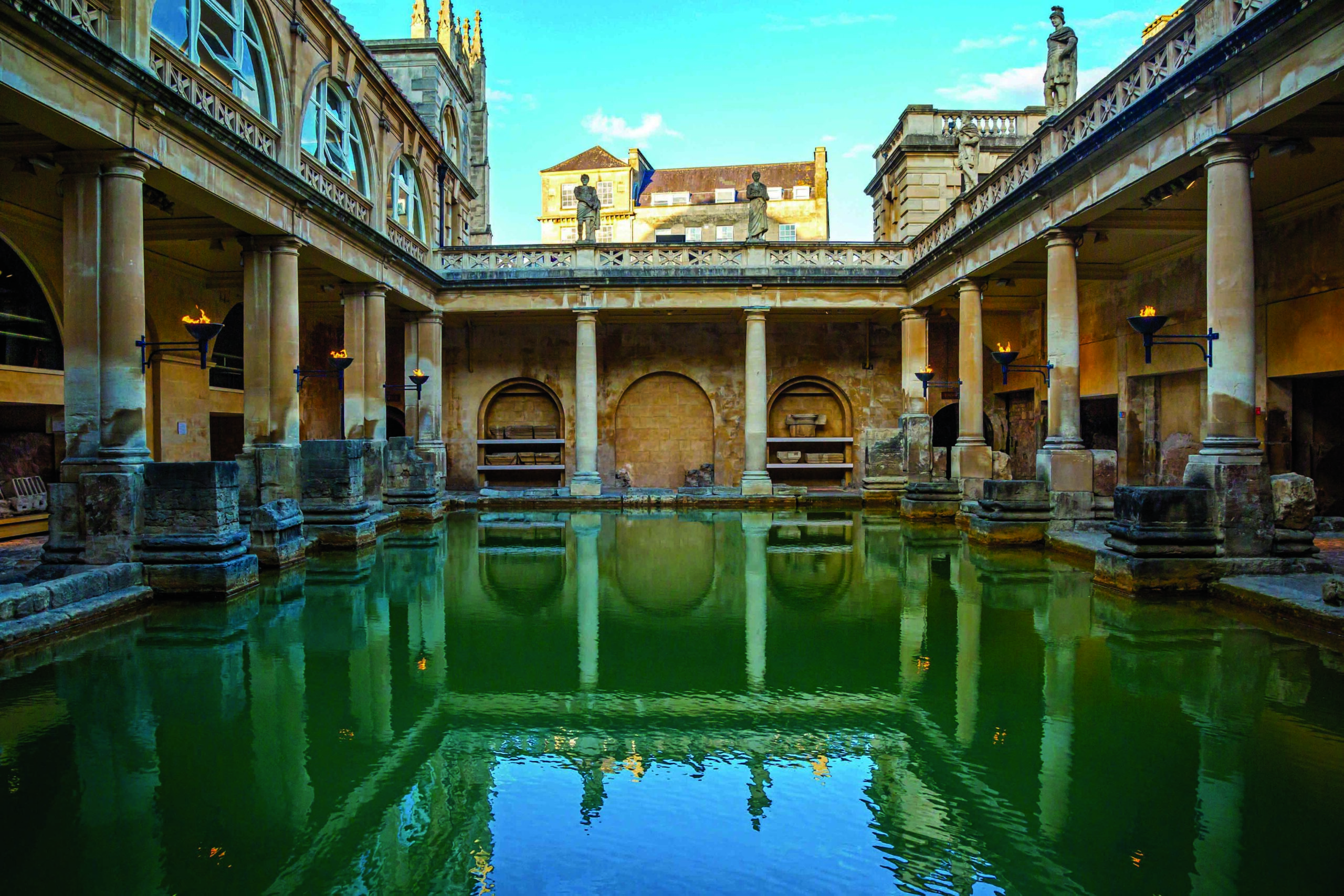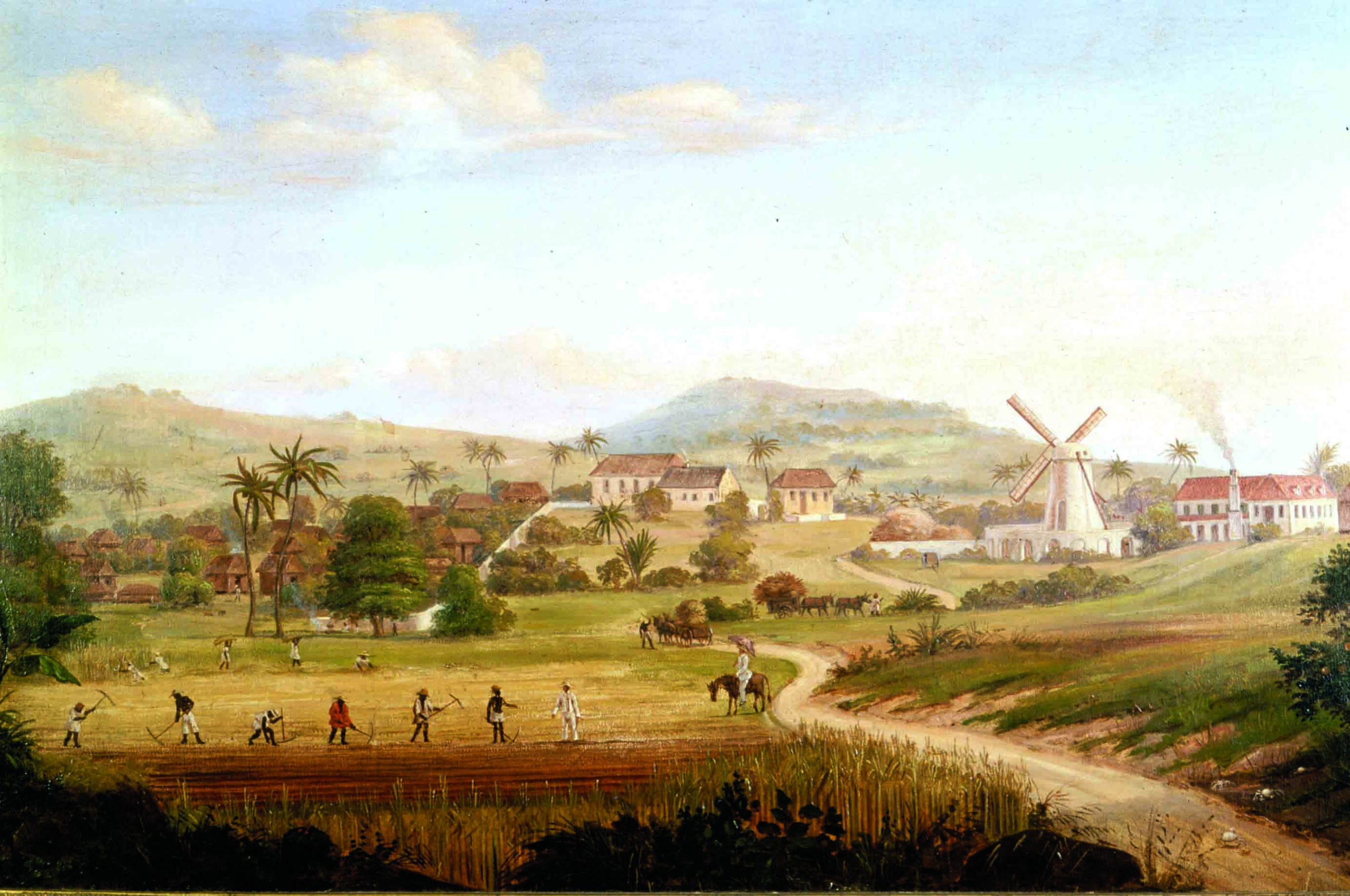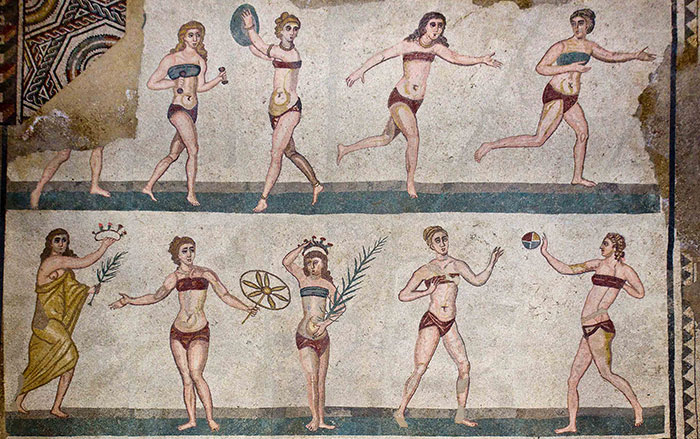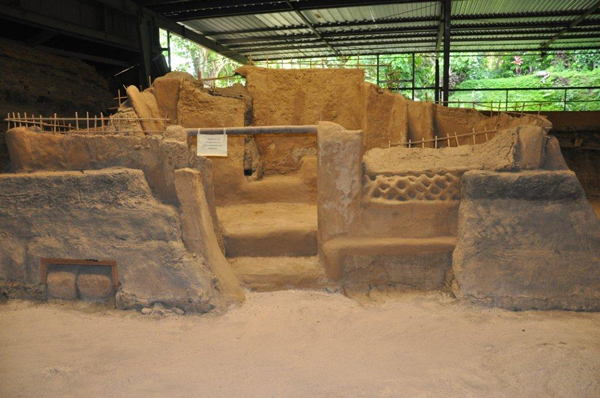
For many of the some six million Maya people living in Central America today, the temazcal, or sweat lodge, is an important feature of their daily lives. Temazcals are small earthen, stone, or brush structures that function as family saunas where water is poured over fires to generate steam that aids in cleansing the body. Such sweat lodges date back to at least the Classic period (A.D. 250–900). Before the arrival of the Spanish, public temazcals were constructed throughout Maya cities and villages where they likely served a wide range of purposes. University of Colorado Boulder archaeologist Payson Sheets notes that temazcals were used in activities and rituals surrounding childbirth, as they still are. Some ancient stone examples were located near ball courts, and may have had a connection to the Maya ball game.

A recent study conducted by Sheets and his colleagues hints at another role sweat lodges could have played in Maya communities. They studied a faithful reconstruction of a three-foot-tall domed temazcal that was unearthed at the village of Cerén in El Salvador, which was preserved by a volcanic eruption around A.D. 600. Visitors to the reconstructed temazcal, which can seat about 12 people, noticed that their voices were significantly altered when they went inside. When Sheets measured and compared the tone of his voice inside and outside the temazcal, he found its domed ceiling lowered his voice to 64 hertz, an extremely low tone that even bass singers struggle to achieve. Sheets speculates that this sweat lodge was designed to dramatically lower the voices of diviners who chanted during activities such as initiation rituals. “That chanting would have sounded like words spoken by a spirit or deity,” says Sheets. “The power of that would have been just tremendous.” In addition to serving as a public sauna, the temazcal at Cerén could also have functioned as a place of profound communal religious experiences that were key to the collective well-being of the village.


